
______
GROUP EXHIBITION
BLACK PAGES 01–100
Franz Josefs Kai 3, Vienna 2022

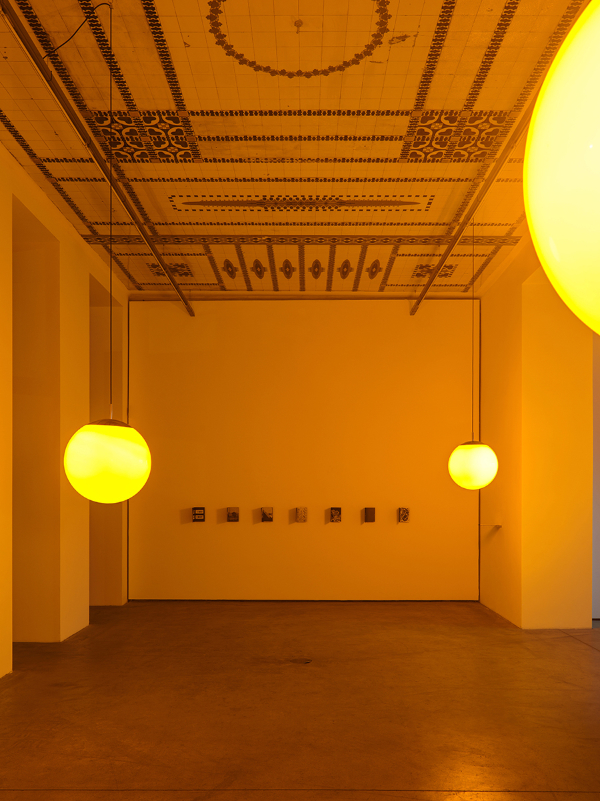

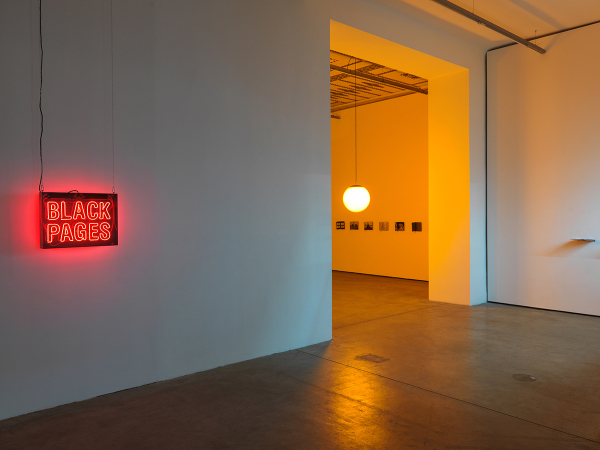

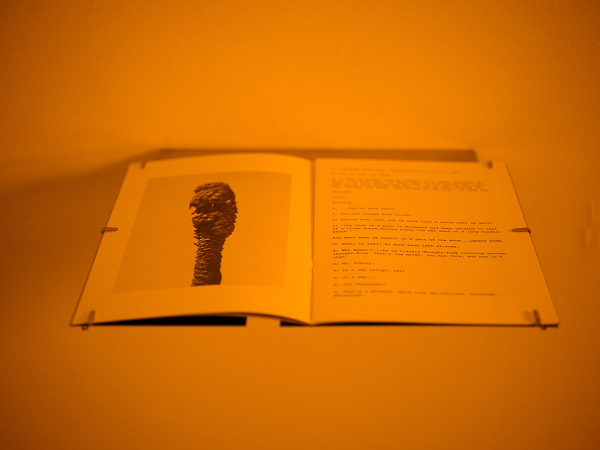
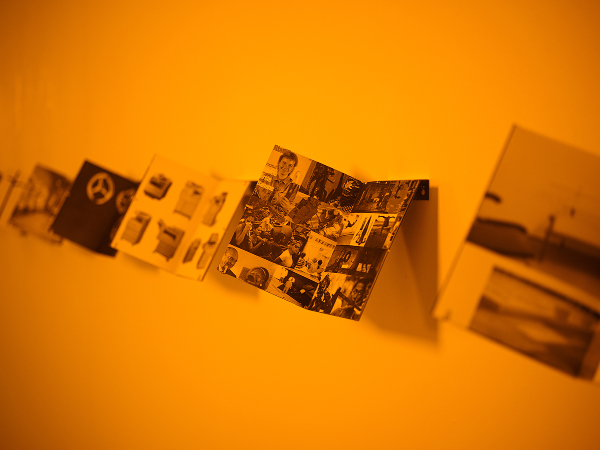

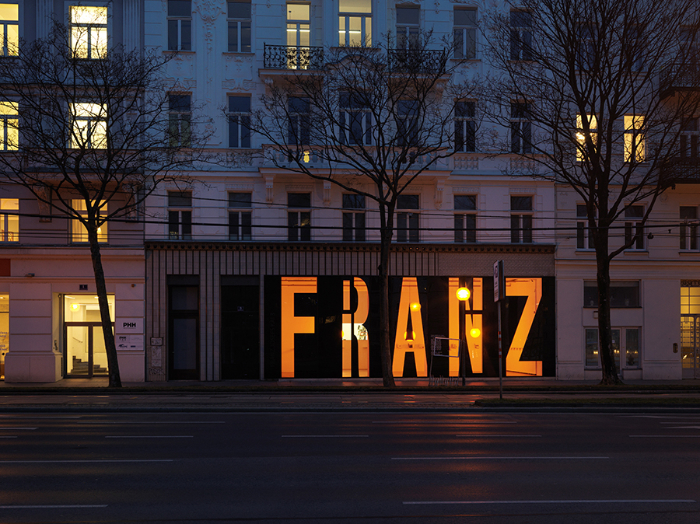
BLACK PAGES 01–100, 2022
Christoph Meier, Ute Müller, Nick Oberthaler
BLACK PAGES is an artist fanzine that came to a conclusion after producing one hundred issues over a period of thirteen years. The BLACK PAGES 01–100 exhibition at Franz Josefs Kai 3 – Contemporary Art Space takes the form of an extensive installation and pays tribute to this remarkable publishing venture, which was launched in 2009 by Christoph Meier (born in 1980), Ute Müller (born in 1978), and Nick Oberthaler (born in 1981) in Vienna. Over the duration of the exhibition, a series of live talks, improvised concerts, and performances will bring to life the social and discursive dynamics that have been vital to the project from its inception.
BLACK PAGES was conceived as an art exhibition space in print form. This central idea has now been translated into a three-dimensional space. BLACK PAGES 01–100 is devised as a tour across the aesthetic parameters of the artzine and provides insight into the different artistic practices as they relate to exhibiting in the publication format. The individual issues, whose designs reflect artistic positions, appeared in limited editions of 300 copies, came in DIN A5 format, contained a 16-page black and white core, and, as a democratic principle, featured only the artist’s first name as the title.
BLACK PAGES 01–100 highlights the scope of experimentation the artzine spawned as a medium of presentation, representation, and documentation. A number of artists saw BLACK PAGES as an opportunity to explore forms of visual storytelling, as a medium where photography, film, performance, comics, drawings, object art, and painting could take shape along with language-based art, theoretical reflections, and poetry. The individual issues of BLACK PAGES on display in this show are not only objects inviting to engage with their content, but double as elements of its spatial design. Their arrangement around the room evokes a rhythmic structure reminiscent of musical notations.
The design principles guiding BLACK PAGES are reflected on multiple levels throughout the show. Franz and Josef, the names seen on the front and back glass facades of the exhibition space, appear to echo the first names on the magazine covers. Entering individual exhibition rooms feels like stepping into the core pages of the black-and-white magazine as it appears to be drained of all color by yellow mono-frequency lighting. Under the glass roof of the central area of Franz Josefs Kai 3, leather fauteuils designed by Josef Hoffmann in 1910 create a casual club atmosphere. Under the title BACK STAGE, this part of the exhibition provides a stage for a highly focused series of accompanying events.
(Fig.1–6)
Display featuring 100 BLACK PAGES by 100 artists
Images: Gregor Titze
______